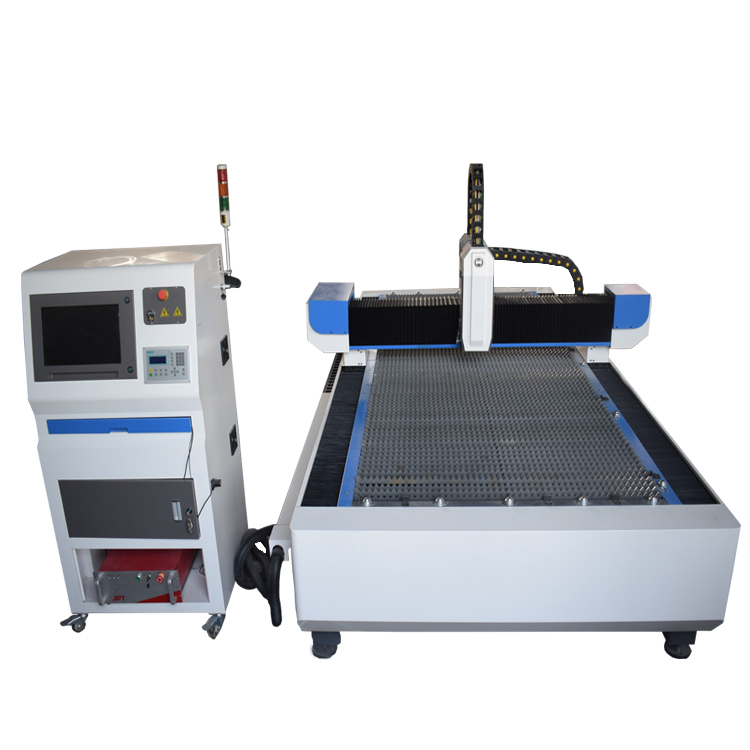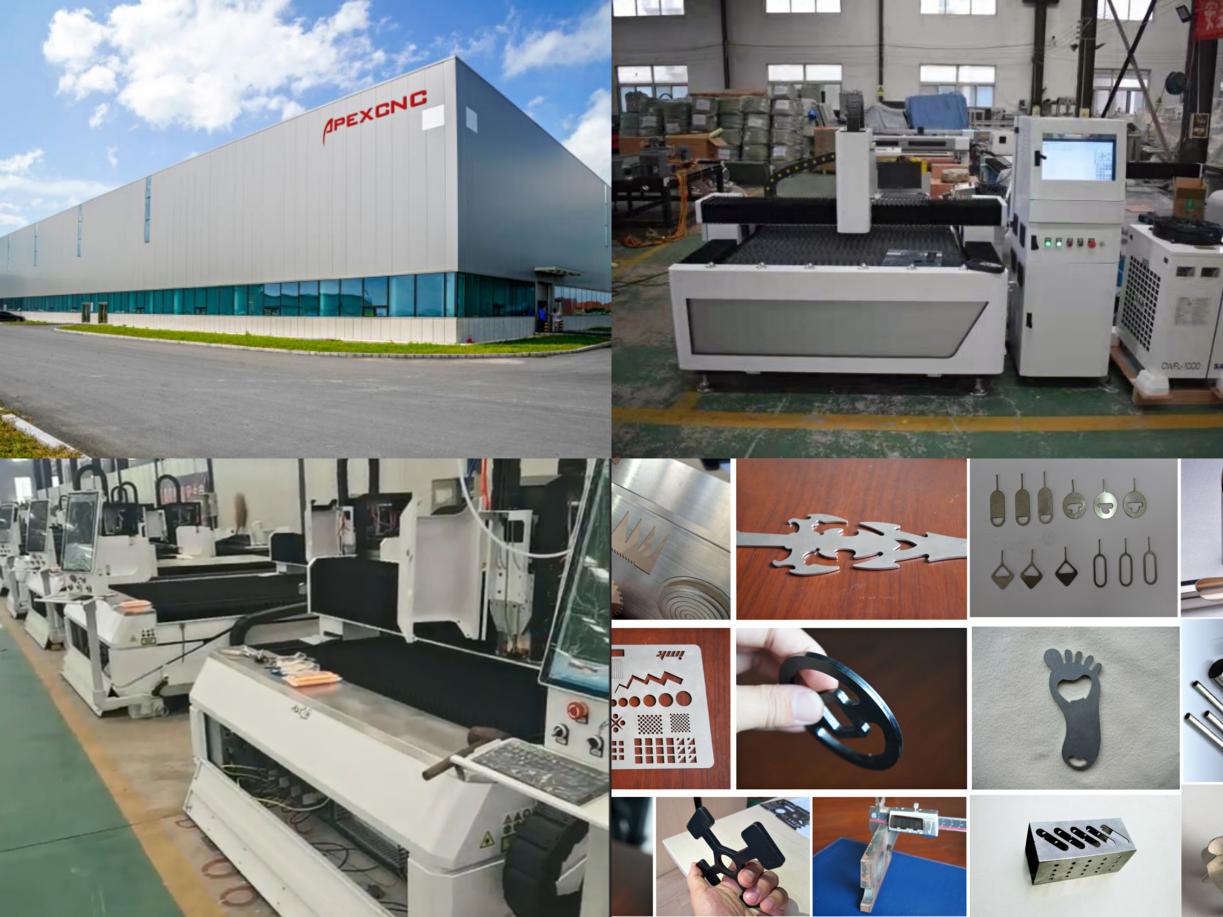The parameters of the fiber laser cutting machine are very important, which directly affect the cutting quality.

1.Influence of auxiliary air pressure
In the laser cutting process, the auxiliary air pressure can blow off the slag during cutting and cool the heat affected zone of cutting. Auxiliary gases include oxygen, compressed air, nitrogen and inert gases.For some metal materials and non-metal materials, inert gas or compressed air is generally used, which can prevent the material from burning. Such as the cutting of aluminum alloy materials.
For most metal materials, reactive gases (such as oxygen) are used, because oxygen can oxidize the metal surface and improve the cutting efficiency.
When the auxiliary air pressure is too high, eddy currents appear on the surface of the material, which weakens the ability to remove the melt, resulting in a wider slit and a rough cutting surface; when the air pressure is too low, the melt cannot be completely blown away, and the lower surface of the material will adhere to the surface. scum. Therefore, the auxiliary gas pressure should be adjusted during cutting to obtain the best cutting quality.
2. The effect of laser power
The size of the laser power has a considerable influence on the cutting speed, kerf width, cutting thickness and cutting quality.The amount of power required is determined by the
properties of the material and the mechanism of cutting. For example, materials with good thermal conductivity, high melting point and high reflectivity of the cutting surface require higher laser power.
Generally, under certain other conditions, there is a laser power to obtain the best cutting quality in the laser cutting process. If the power is further reduced or increased, slag or over-burning will occur, resulting in a decrease in the processing quality。
3. The effect of cutting speed
When the auxiliary gas pressure and laser power are constant, the cutting speed and the slit width show a nonlinear inverse relationship. When the cutting speed is relatively slow, the action time of the laser energy in the slit is prolonged, resulting in an increase in the slit width. , When the speed is too slow, the laser beam action time is too long, the difference between the upper slit and the lower slit of the workpiece will be very large, the cutting quality will be reduced, and the production efficiency will be greatly reduced.
As the cutting speed increases, the action time of the laser beam energy on the workpiece becomes shorter, so that the thermal diffusion and thermal conduction effects become smaller, and the width of the kerf is correspondingly smaller.
When the speed is too fast, the workpiece material to be cut will not be cut through due to insufficient cutting heat input. This phenomenon belongs to incomplete cutting, and the molten material cannot be blown off in time. These melts will cause The kerf is re-welded.
4. Influence of focal position
If the focus position is too advanced, the heat absorbed by the lower end of the workpiece to be cut will increase. Under the condition of constant cutting speed and auxiliary air pressure, the material to be cut and the melted material near the slit will flow on the lower surface in a liquid state. After cooling, the melted material will adhere to the lower surface of the workpiece in a spherical shape.If the position lags behind, the heat absorbed by the lower end face of the material to be cut will be reduced, so that the material in the cutting seam cannot be completely melted, and some sharp and short residues will adhere to the lower surface of the plate.
Usually, the focus position should be on the surface of the workpiece or slightly lower, but different materials have different requirements. When cutting carbon steel, the cutting quality is better when the focus is on the surface of the plate; and when cutting stainless steel, the focus should be on the thickness of the plate. The effect is better when it is about 1/2.
Our factory

Released by Jinan APEX Machinery Equipment Co., Ltd.
Post time: Apr-20-2022
